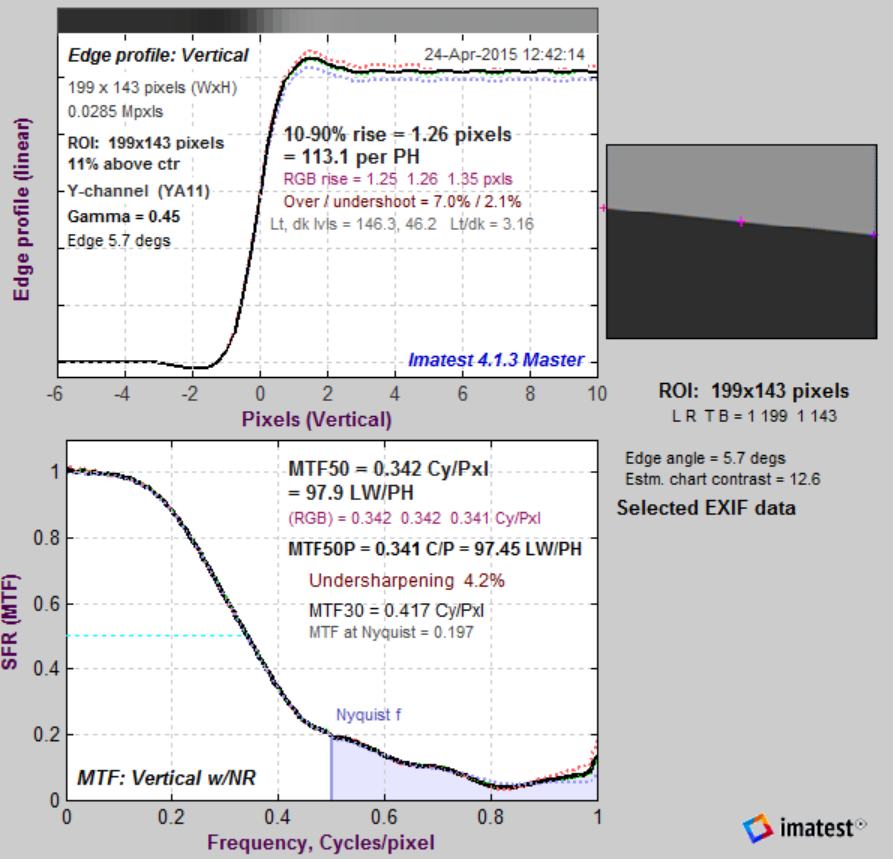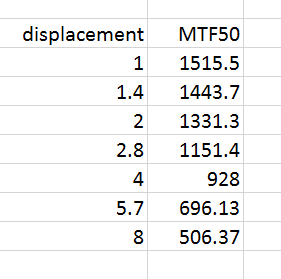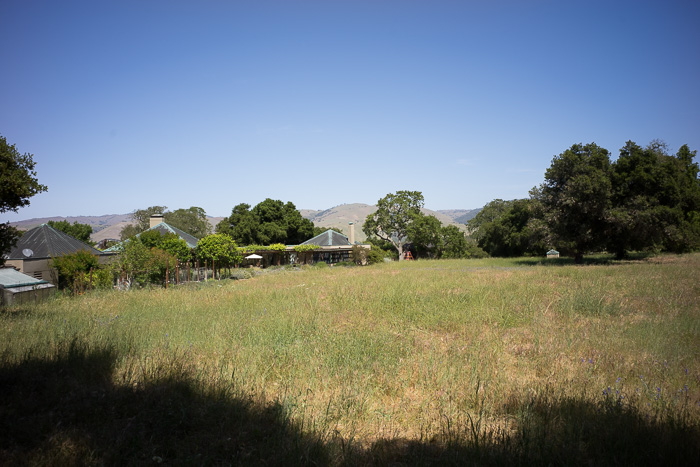I tested the performance of the in-body image stabilization (IBIS; Sony calls it Steadyshot) on the Sony alpha 7 Mark II (a7II) with 16mm, 28mm, 55 mm, and 180mm lenses. The improvements over handholding without the IBIS turned on were impressive, both in reduction of the average amount of blur, and the tightening of the… [Read More]
Archives for April 2015
Simulating Sony a7II camera motion blur
I few days ago, I posted the results of simulating camera motion blur in a Sony alpha 7R (a7R), showing how the modulation transfer function, as measured by MTF50, varied with camera motion blur measured in pixels, and also showing simulated photographs with their motion distances and MTF50 values, so that you could see what… [Read More]
The visibility of a7R shutter shock
Ever since the Sony alpha 7R (let’s call it the a7R) came out in late 2013, a furor has raged about its shutter shock, or, more precisely, on whether it had any. One group of people — and that includes moi — were analyzing its effects and developing ways to ameliorate it. Another group vehemently… [Read More]
Simulating motion blur: MTF50 and pictures
Yesterday, I reported on the results on simulations of a Zeiss Otus 55/1.4 at various f-stops, and showed how MTF-50 values translated into picture sharpness with simulated photographs. Today I’ll do something similar, but varying motion blur instead of f-stop. I set up the sim with the pixel pitch set to 4.88 um (same as a7R or… [Read More]
What’s MTF50 = x look like: sim pix
Last week, I wrote this post on producing images that show visually the effect of image capture blur on Bayer-CFA cameras. I briefly discussed this simulation-based approach: Start out with a slanted edge. Dial in some diffraction, some motion blur, some defocusing, take the captured image, run it through a slanted edge analyzer, and get… [Read More]
- « Previous Page
- 1
- 2
- 3
- 4
- …
- 6
- Next Page »



